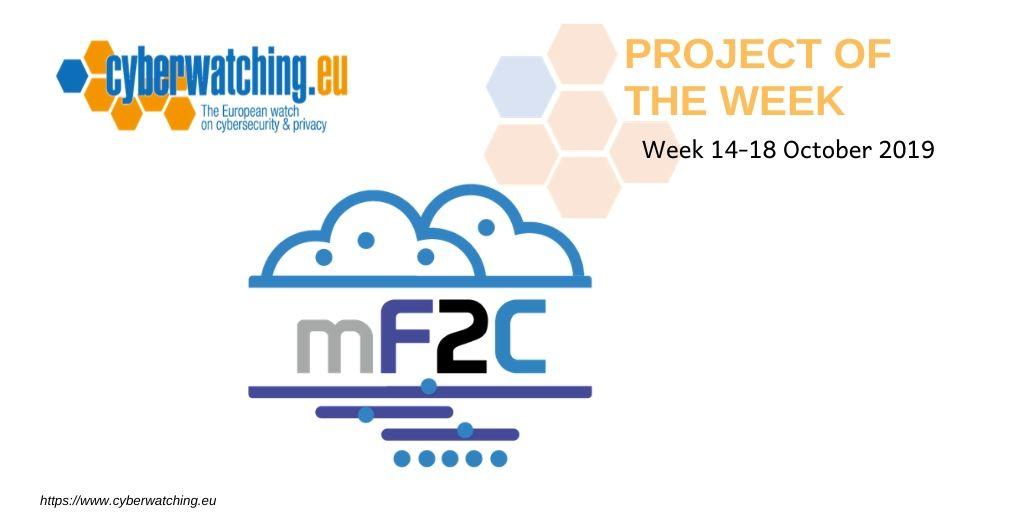
Home »
R&I Project Hub »
mF2C »
News »
mF2C: Towards an Open, Secure, Decentralized and Coordinated Fog-to-Cloud Management Ecosystem
mF2C: Towards an Open, Secure, Decentralized and Coordinated Fog-to-Cloud Management Ecosystem

The limited storage and computational power are just some of the inherent characteristics of the Internet of Things (IoT) which require a new platform to efficiently process data. The concept of fog computing has been introduced as a technology to bridge the gap between remote data centers and IoT devices. Fog computing enables a wide range of benefits, including enhanced security, decreased bandwidth, and reduced latency. These benefits make the fog an appropriate paradigm for many IoT services in various applications such as connected vehicles and smart grids. Nevertheless, fog devices (located at the edge of the Internet) obviously face many security and privacy threats, much the same as those faced by traditional data centers.
mF2C addresses the need for open and coordinated management of fog and cloud computing systems. Currently, fog and cloud are functionally separated domains; mF2C creates an open ecosystem that consolidates efforts in both domains, to deliver a transformative end-to-end solution. Furthermore, the mF2C framework addresses many specific technical problems, such as security challenges, at the intersection of fog computing and cloud computing, with a unifying objective of coordinated, open, secure, decentralized and extensible management. It tackles the fundamental issues of application end-to-end latency, cloud availability, processing and storage offloading, security-by-design, privacy, trust, and incentives for new services and markets.
How can mF2C project make a difference to potential end-users
mF2C provides a secure, horizontal solution at integrating existing solutions from the edge up to the cloud into one single unified framework, lowering market barriers and facilitating the emergence of new business models in fog-to-cloud environments. mF2C facilitates the business expansion of European providers by improving their competitiveness, from cloud and fog providers, who will be able to extend their portfolio in combined environments, to technology providers, enabling them to boost revenues coming from improved devices, including services providers, who can create new added value services and overall European businesses, through the availability of lower cost resources.
In a fragmented environment like the European fog/cloud ecosystem, open source solutions that manage applications in both environments, like mF2C, allow smaller players to enter into emerging markets and to expand their market opportunities. At the same time, such innovative solutions will help Europe become a leader in fog-to-cloud technologies. However, there are still many unsolved challenges, as illustrated in the latest reference architecture released by the OpenFog Consortium. Digital businesses have arisen and now citizens are a centerpiece of the business core. mF2C paves the way in terms of connecting people, devices and services into one single digital ecosystem.
You can check out more details and update about mF2C on their dedicated page: https://cyberwatching.eu/projects/1078/mf2c
Resources for EU Research
Resources for SMEs
News & Events
Reports
Cyberwatching.eu has received funding from the European Union’s Horizon 2020 research and innovation programme under grant agreement No 740129. The content of this website does not represent the opinion of the European Commission, and the European Commission is not responsible for any use that might be made of such content. Privacy Policy | Disclaimer / Terms and Conditions of Use
